A Grand Farmhouse – typical Gassho-zukuri house
The area isolated by the mountains, has steep stony hillsides offering very little by way of friable land to grow crops. The Torii gate is across the roadway opposite the farmhouse, with a very steep climb to the Shrine atop the hill. The stony hillside you see near the Torii gate is typical of the land in the area, a harsh region,even the trees seem to struggle.
Breeding silkworms
The main industry for the family was breeding silkworms, growing and harvesting suitable trees to feed the silkworms. The ground floor and first floor of the farmhouse designed for family living. The top two floors used for the silkworm breeding and storage only, as they often fill with smoke from the sunken hearth on the ground floor. Not a healthy environment for people.
Farmhouse – traditional Japanese interior
The Toyama family home is a very spacious farmhouse in traditional Japanese style with exposed beams, a sunken hearth and jizai-kagi in the family room. Tatami mats cover the floors. Traditionally interior walls are not fixed, instead consisting of sliding lattice doors, or wood and paper screens called fusuma. The house has a special room with a display alcove and shrine for a Priest or other special visitors. A small toilet was even provided for special guests at the rear corner of the house near to the room.
Beautiful handmade garments
It is hard to imagine what the family endured and how they survived in the winter months with inches and inches of snow for months on end. The Folk Museum has a display of beautifully handmade garments and handmade boots used by the family. The long boots can be stuffed with straw for added warmth when outside in the freezing cold. On display also, written and carefully preserved family records and accounts. The family records would make fascinating reading, if only I could read Japanese.
The Thunder-box at the farmhouse
The thunder-box at the back-end of the house was interesting? Harsh cold winters with frozen ground; ground under a couple of feet of snow meant they needed a large facility with storage for six months. The human waste matter, mixed with straw and grass in preparation for use as fertilizer once the snow melts in spring. Fertilizer needed to grow and ensure the survival of the trees to feed the silkworms on in this harsh region.The fertilizer also used to make gunpowder. I wonder if this is where the expression ‘thunder box’ originated.
Farmhouse thatching – Miscanthus Grass
The fiber for thatching the roof, so very, very thick-about 36 inches, is known as miscanthus. Miscanthus grass is a herbaceous perennial grass, the Japanese variety is known as ‘Susaki’. It grows to around seven feet in height. It is apparently very expensive today to re-thatch a roof. It requires a large number of people (between 100-200) to help with re-thatching the roof when it is necessary. The miscanthus roof lasts about 40-50 years before it needs replacing.
The Folk Museum
The Folk Museum with its history of the Toyama family, the different displays of wild animals of the region, implements, baskets, handmade clothing, handmade shoes etc. made this such an interesting visit. The Japanese deer ‘Shika’ or sika’ once an important source of food and clothing, and a native creature of the steep forested mountain region is also on display.
The Old Toyama Family Farmhouse is now The Folk Museum, owned and looked after by Shirakawa Village and designated as an important cultural property.
Visiting times for the Old Toyama farmhouse:
Open: 10am – 4pm, closed on Wednesdays
Admission: 300 yen
Back on the bus for a short drive to Omigachi, the largest village in Shirakawa-go
Related Posts:
- Sensoji-Asakusa Kannon Temple
- The Kabuki Theatre
- Half Day Tokyo Tour
- Tokyo Japan travel to Nikko
- Toshogu Shrine Japan
- Nikko-Lake chuzenji & Kegon Waterfall|Tokyo-Japan-travel
- Mt-fuji-lake-ashi-komagatake-ropeway-japan
- What is an Irori,what is a jizai kagi Takayama gifu province Japan
- Takayama festival floats-matsuri festivals-gifu province japan
- Two headed monster-Sakurayama Hachimangu Shrine-Takayama-Gifu Province
- Hida hotel-Plaza | Farmers Market Takayama Japan
- Sugidama Sake breweries – traditional shops Takayama Japan
- 450 year old cherry blossom trees scenic Miboro dam Takayama

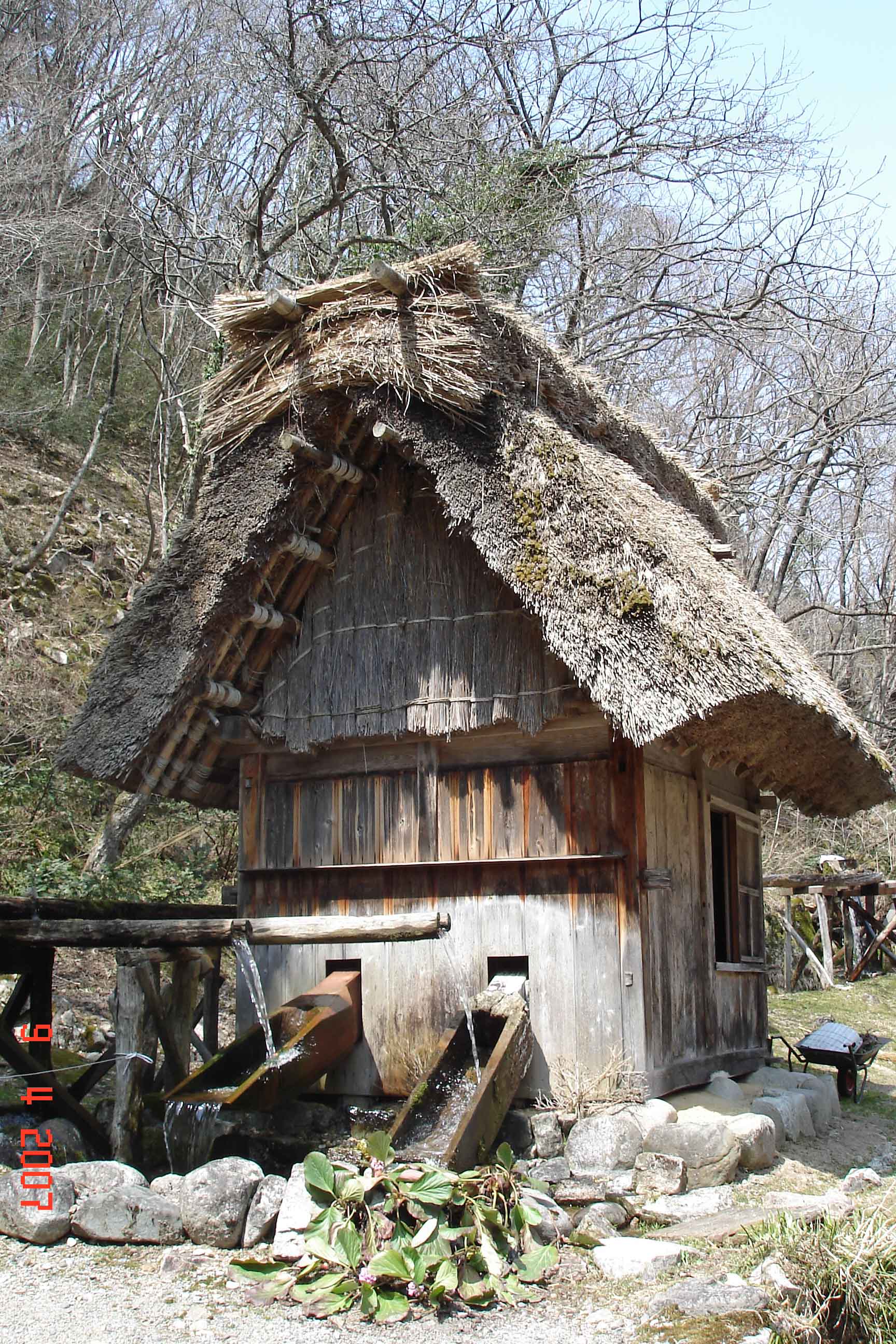
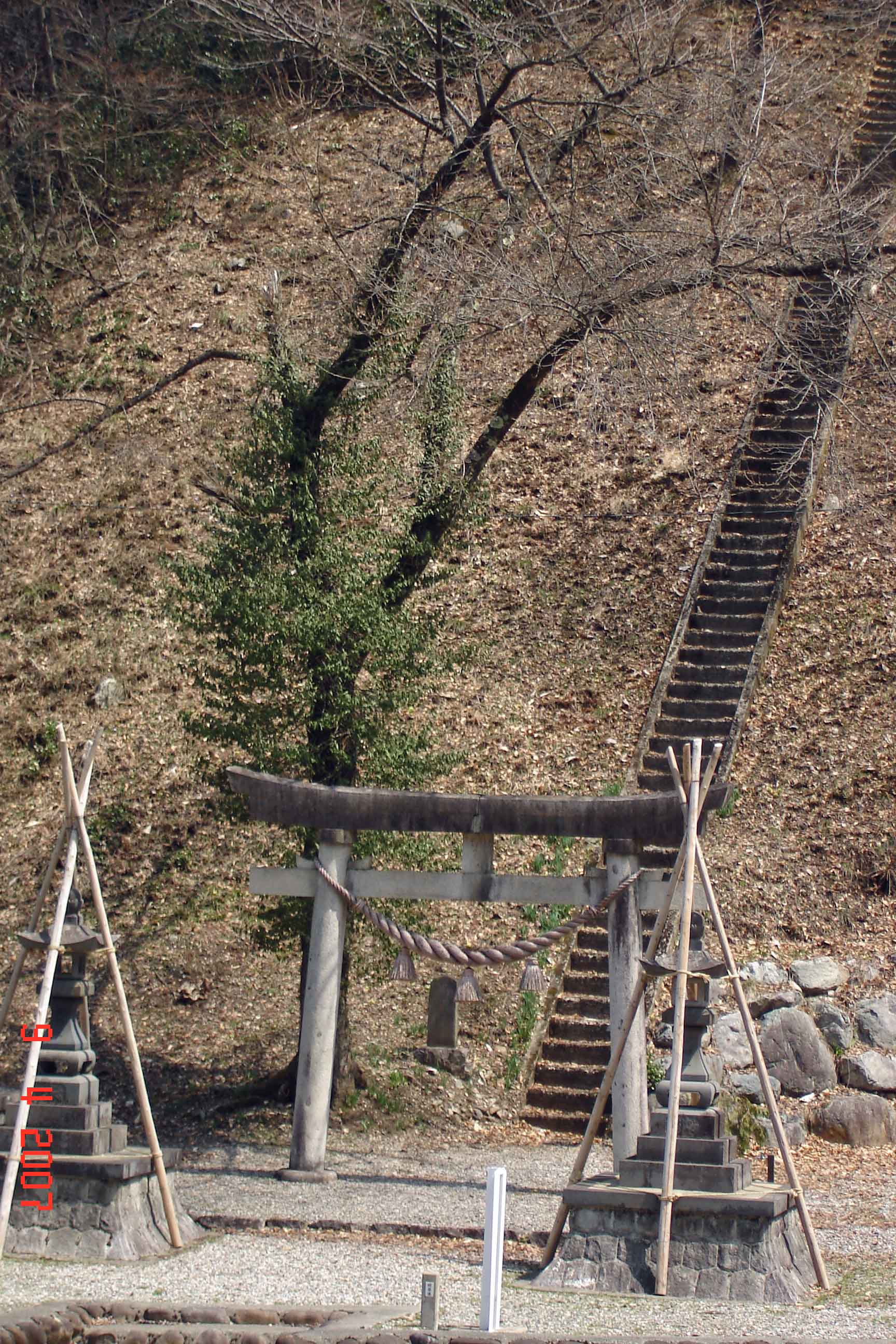
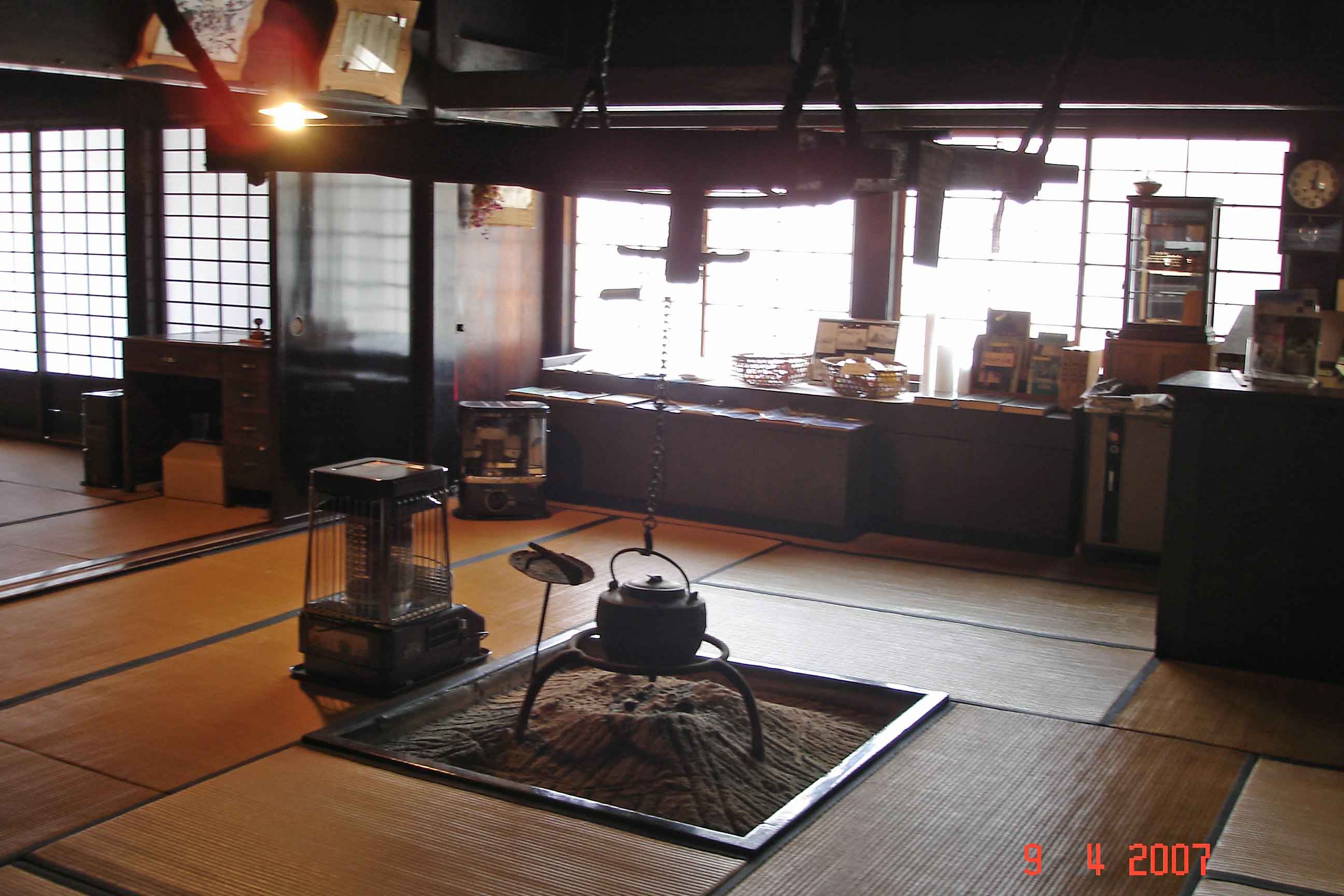
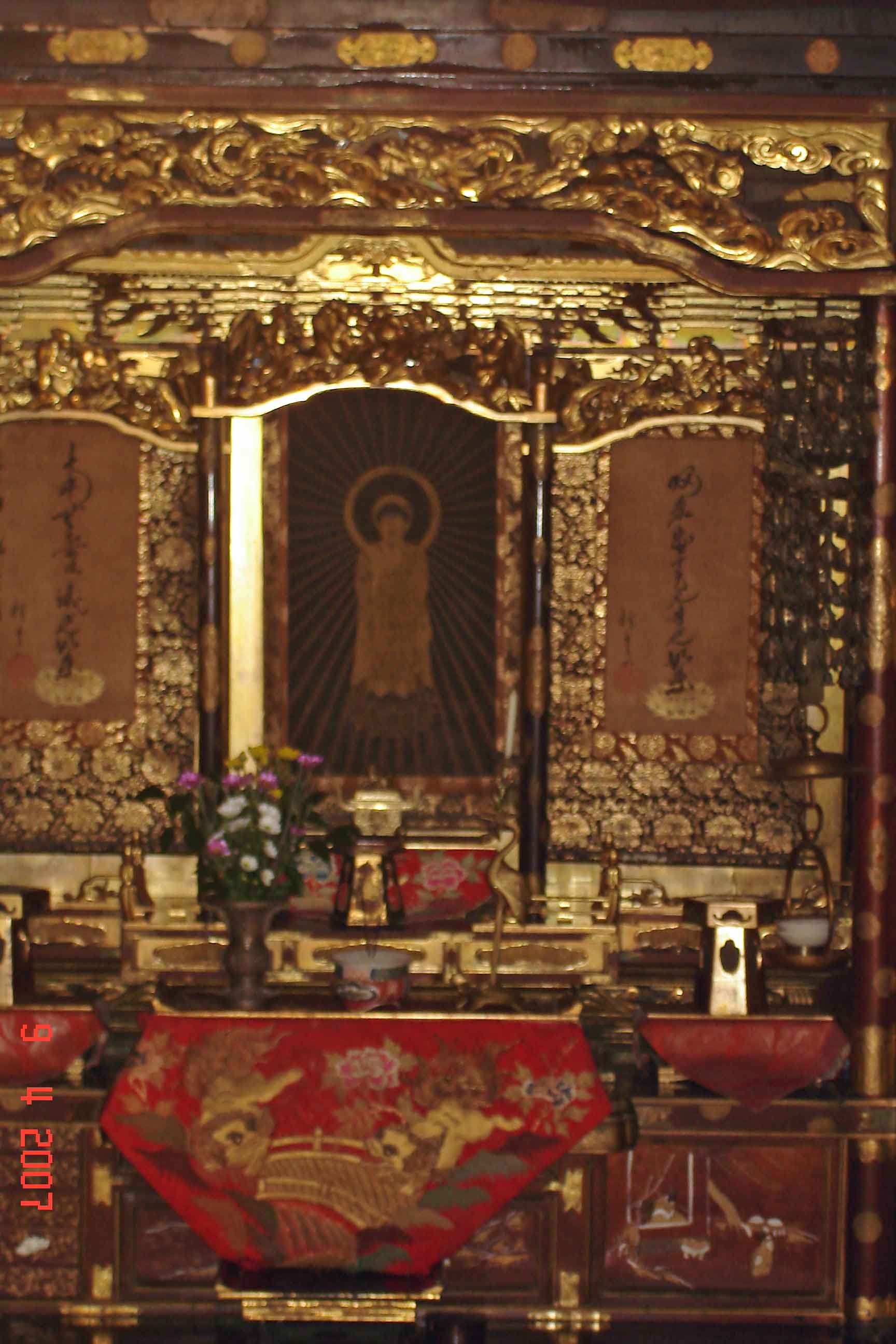
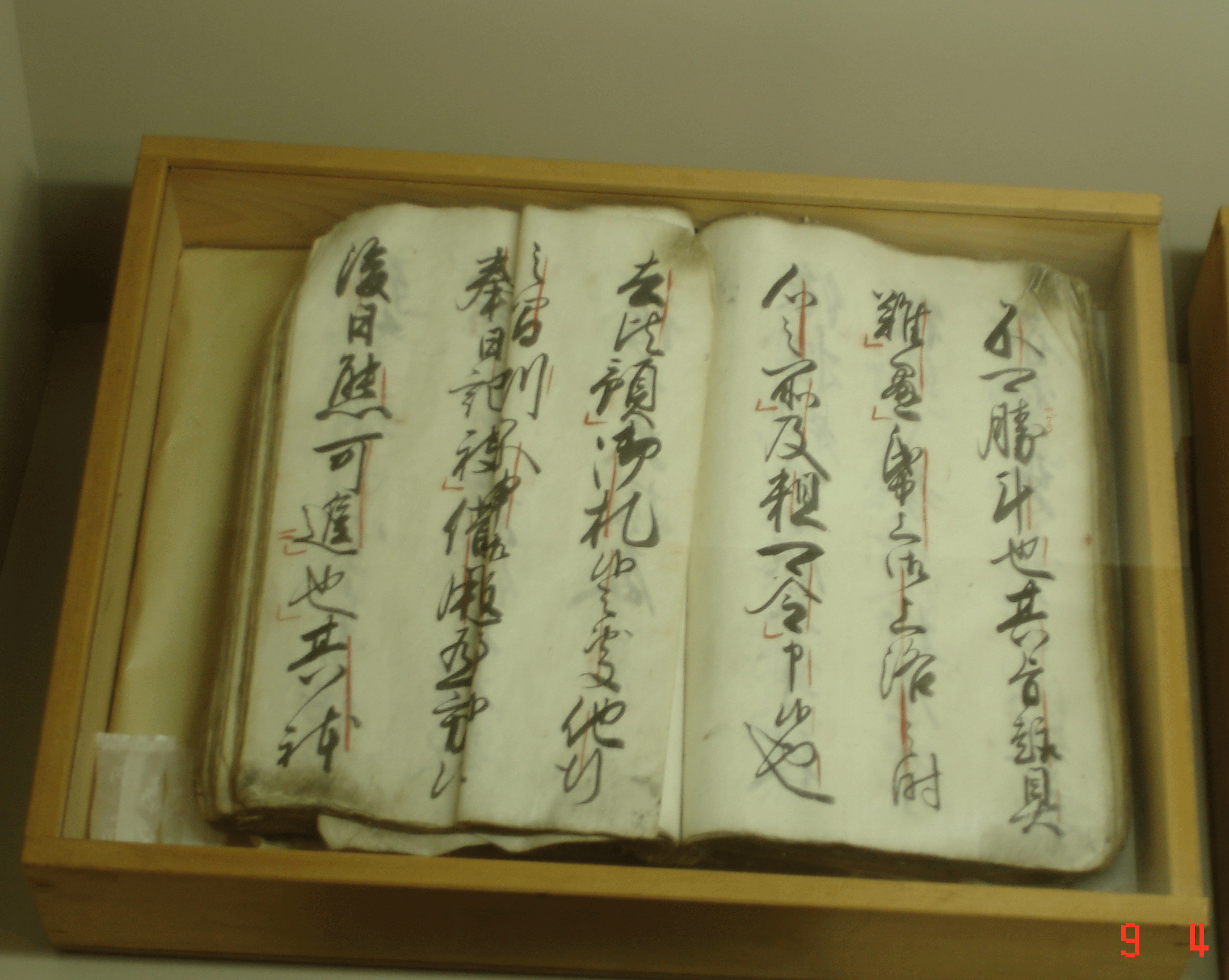
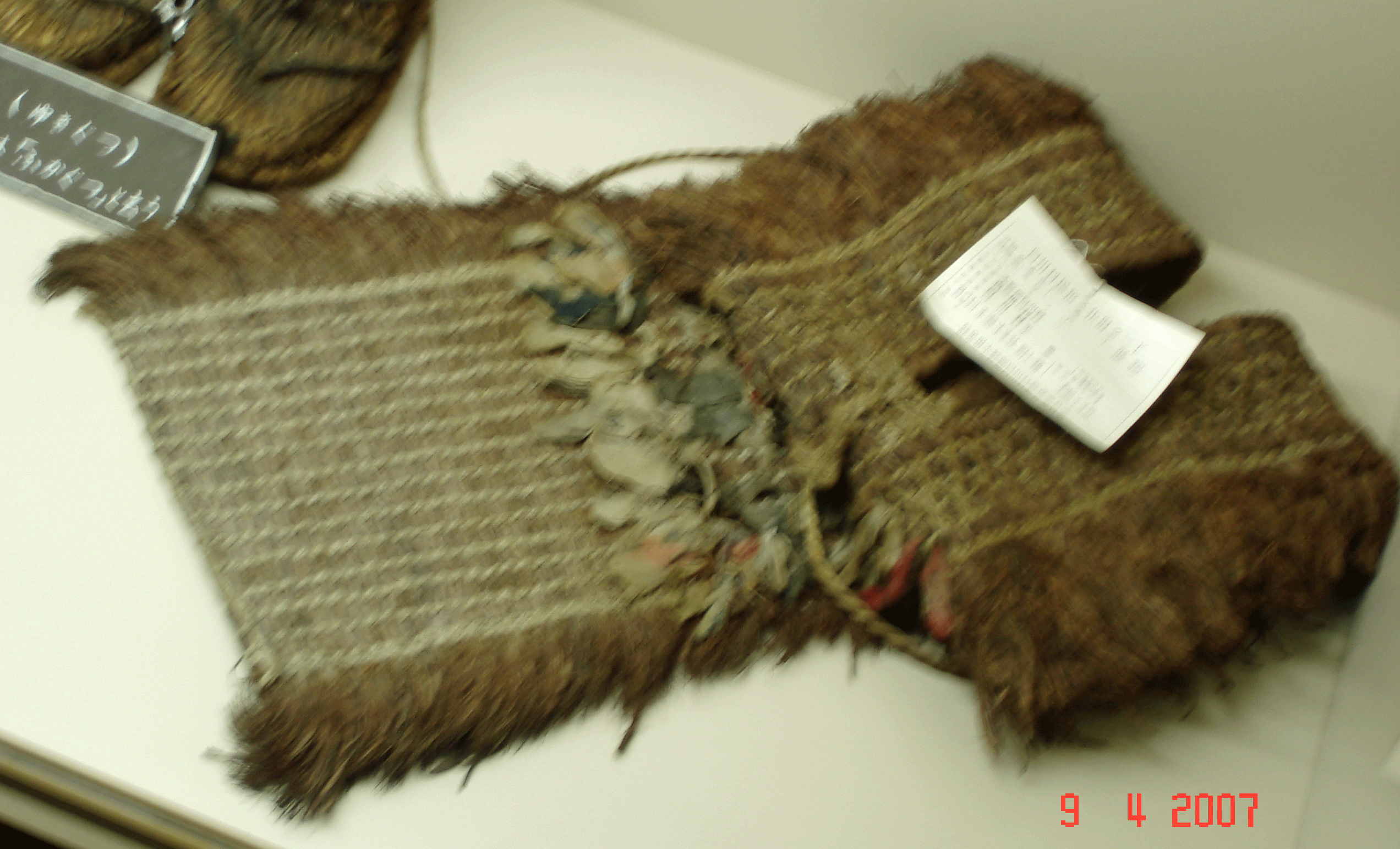
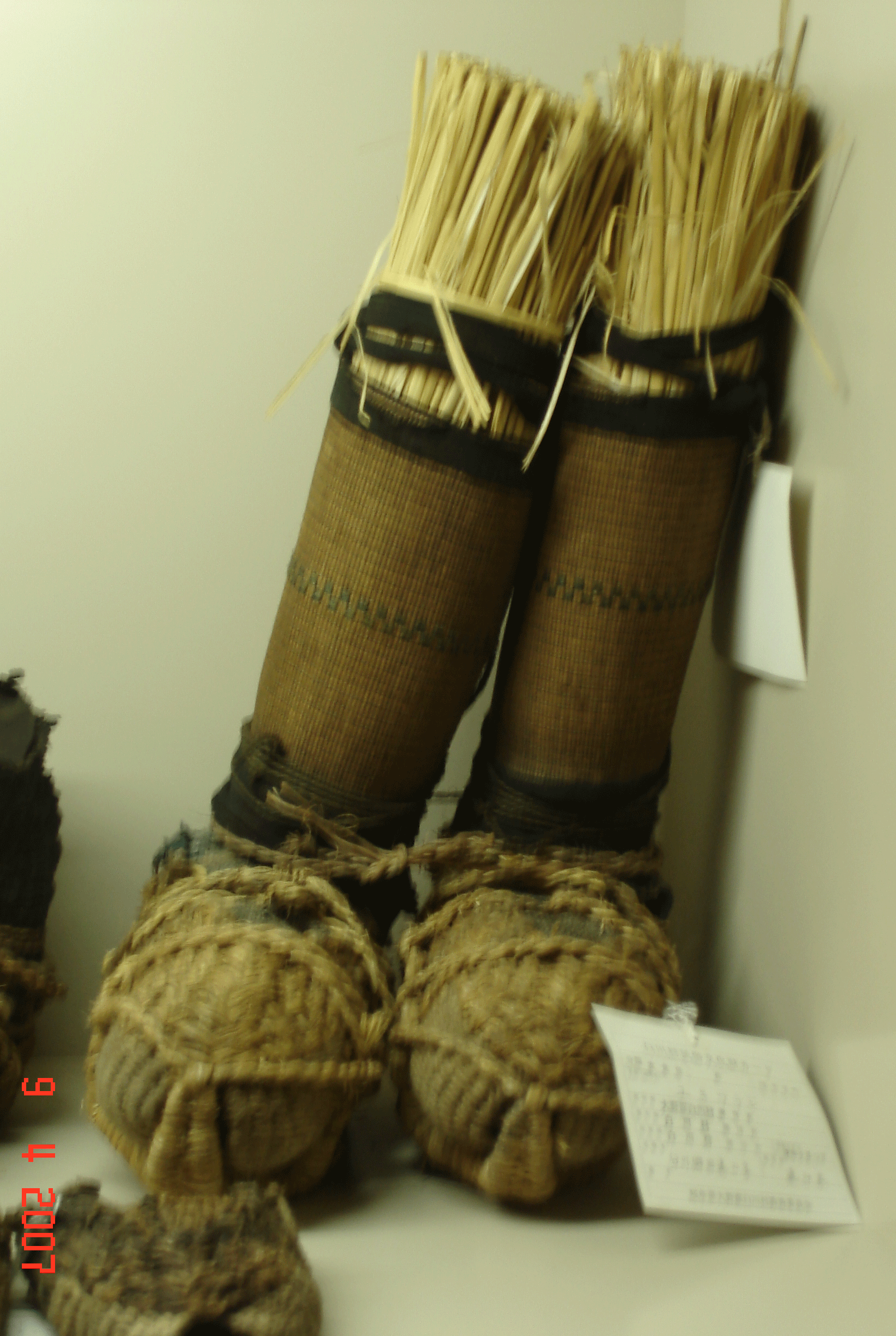
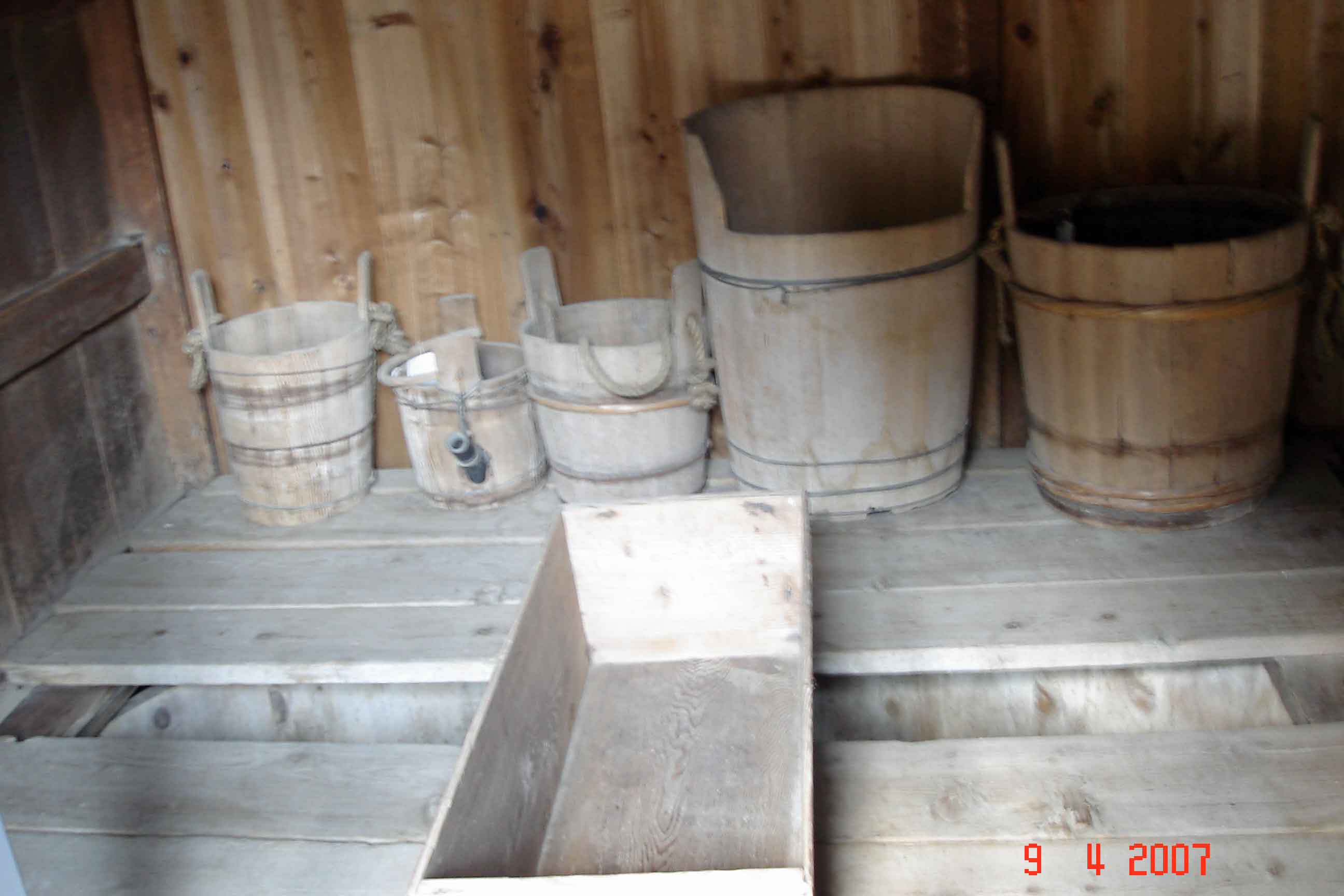
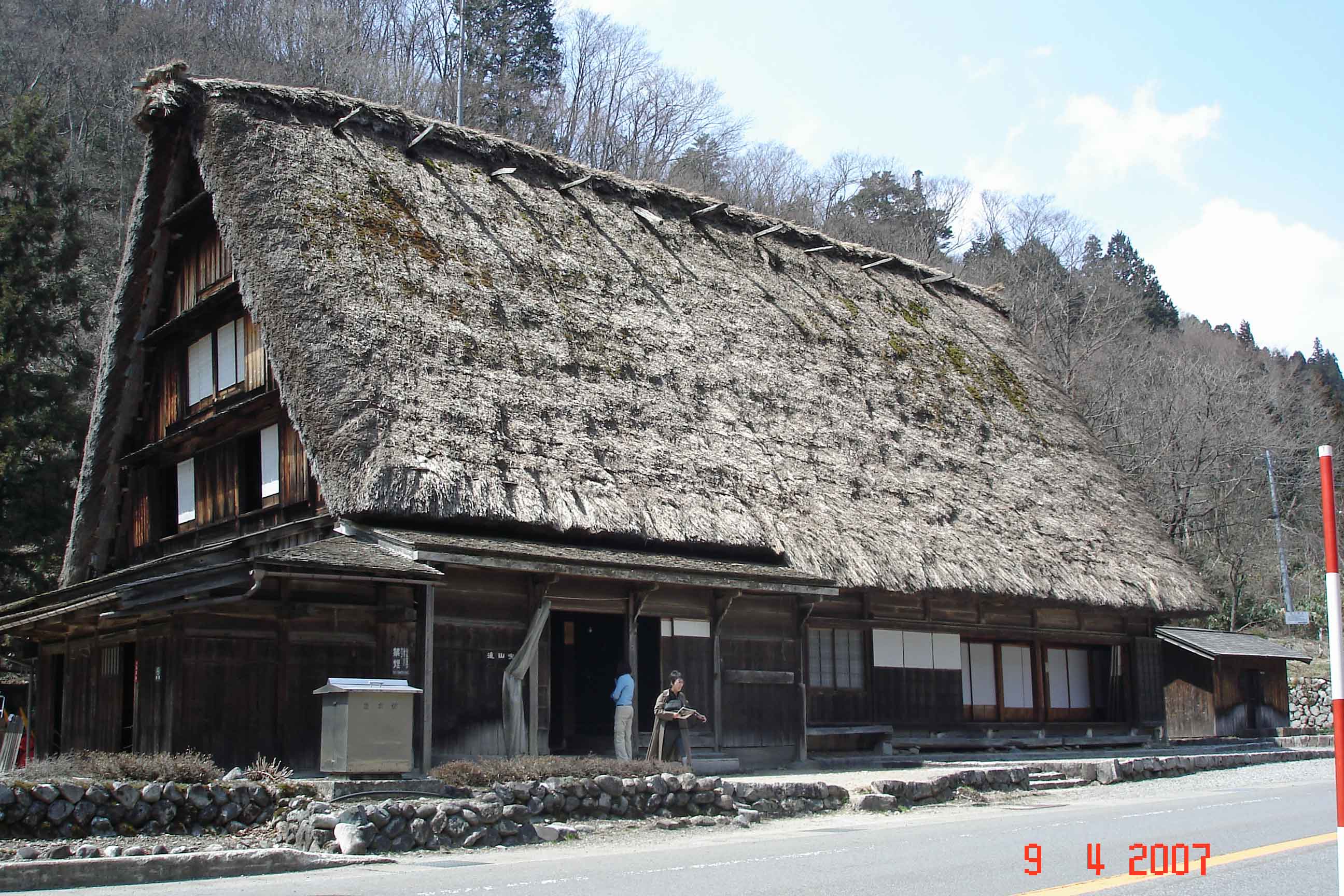
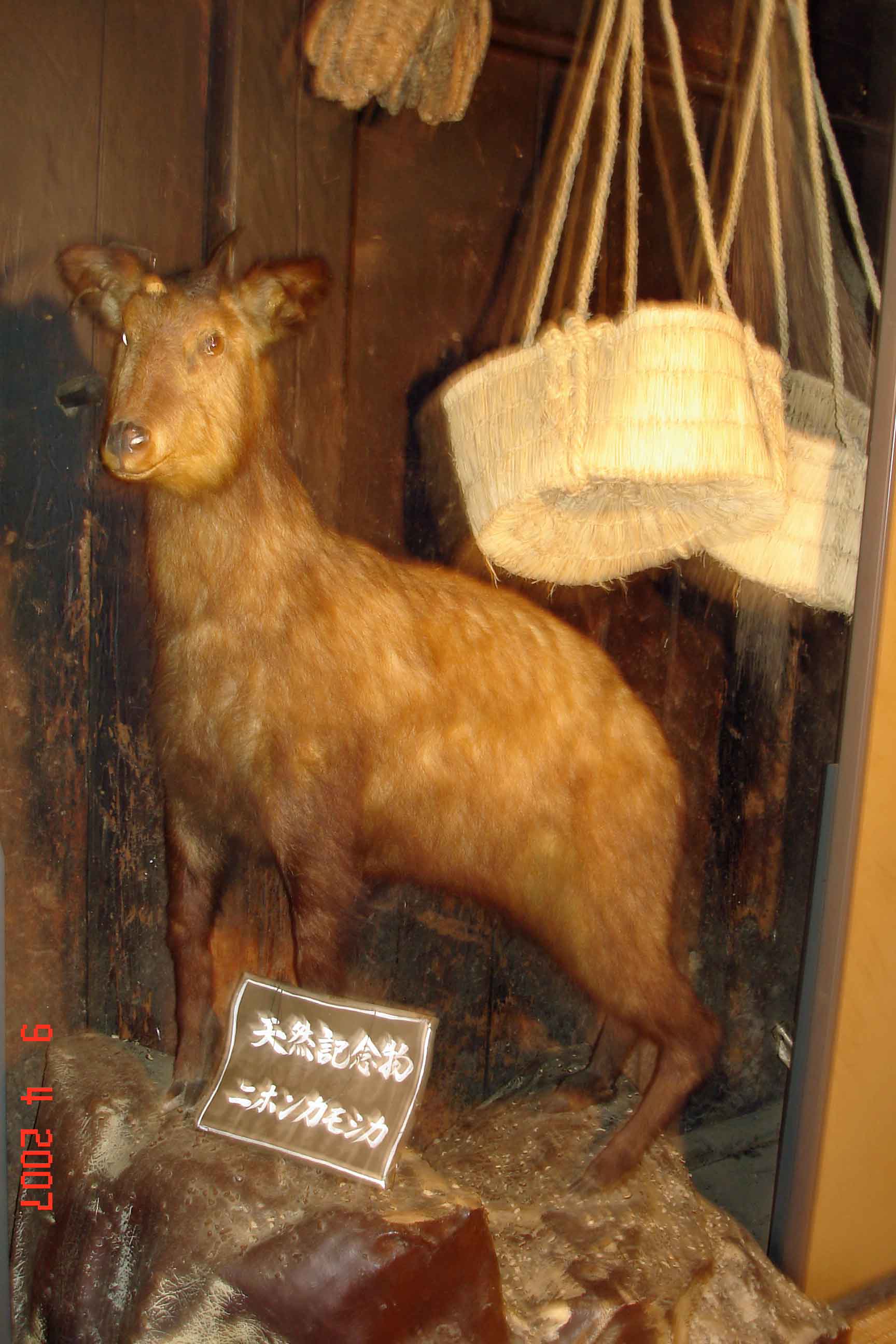
I see you have traveled a lot and enjoy different foods. I think you would like our menu. Cheers!
เมนูอร่อยอย่างมีลักษณะ ฉันรัก Thaifood. ขอบคุณสำหรับการวางโดย.
The menu looks delicious, I love Thai food. I think Japanese food is an acquired taste. Thanks for dropping by.